Description
Laser welding is the latest versatile process that welds thin materials and high quality components for spot and seal welding, butt and butt welding. The laser beam forms a concentrated heat source, which achieves a narrow, deep weld, high welding speeds, low configuration distortion, a small heating zone and high process productivity. With the high quality of laser welding, there is no need for re-processing. In terms of power and strength, welds are not inferior or even superior to a number of materials.
The TST-W200XT3 machine has a number of advantages – the laser emitter is manufactured using British technology using original English materials, which allows you to get high beam quality, constant power and, as a result, excellent welding quality. The intelligent laser control system is convenient to operate and prevents operator error and overheating. The platform can move in three axes.
• Accurate positioning thanks to two systems – red beam and camera
• Small spot of the laser beam, adjustable as needed
• Precision control
• Easy automation and robotization of the process
• Possibility of welding various shapes of blanks
Applied materials:
• Steel for molds
S136, SKD-11 , NAK80, 8407, 718, 738, H13, P20, W302, 2344, etc.
• Conventional carbon steel and alloys
In general, laser welding of carbon steel has good results, quality depends on the composition of the impurity. As with other welding processes, substances such as sulfur and phosphorus are factors of increased sensitivity to weld cracking. For normal warm-up and to obtain a satisfactory welding quality, the carbon content should exceed 0.25%. To ensure a good connection when welding various carbon steels, the welding flame can be slightly offset towards the low carbon material. Low carbon boiling steel with high sulfur and phosphorus content is not suitable for laser welding. Low carbon, calm steel with low levels of impurities gives good welding results. Medium and high carbon, as well as ordinary steel, lend themselves well to laser welding, but heating occurs and additional processing is required to relieve stress and prevent cracks;
• stainless steel
Under normal circumstances, laser welding of stainless steel makes it even easier to obtain quality joints than with conventional welding. Due to the high welding speed, the hot zone is very small and increased sensitivity to heat does not become a problem. Compared to carbon steel, stainless steel, with its low thermal conductivity, is easier to obtain a narrow, deep-penetrating weld;
• laser welding of various metals
The high degree of cooling during laser welding and a small heating zone allows creating favorable conditions for the compatibility of materials when working with a variety of metals with different melting temperatures.
The following combinations of metals produce a smooth deep penetration laser weld: stainless steel – low carbon steel, 416 stainless steel 310 stainless steel, 347 stainless steel ~ HASTALLY nickel alloy, nickel electrode – cold forged steel, different nickel content in the joints of two metals, titanium, nickel, tin, copper, aluminium, chromium, niobium, gold, silver, other metals and their alloys, steel, cobalt-nickel and other alloys of the same material among themselves, it is relatively difficult to weld non-ferrous metals, copper and silver alloy, it is difficult to use a copper – nickel, nickel-titanium, copper-titanium, titanium-molybdenum, brass-copper, soft steel le – copper, as well as welding between other dissimilar metals.
< /br>
| Laser source | Nd+3:YAG crystal |
| Laser wavelength | 1064 nm |
| Output power< br> | ≤200W |
| Working area | 200×200 mm (optional) up to 1200×1200) |
| Weld depth | 1.0 mm |
| 0.1~20ms | |
| Repetition frequency | 1~50Hz |
| Laser spot diameter | 0.2-3.0mm |
| Maximum pulse power | 100J |
| Electro-optical conversion rate < /br> | ≤4% |
| Continuous operation time | >24 hours |
| Laser generator size | 1500mm x 800mm x 1500mm |
| Brand |
|---|
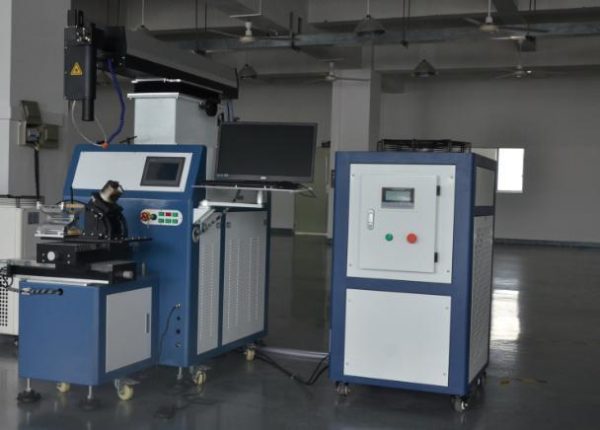
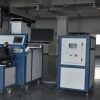
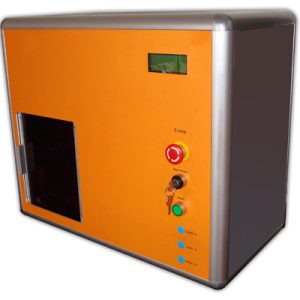
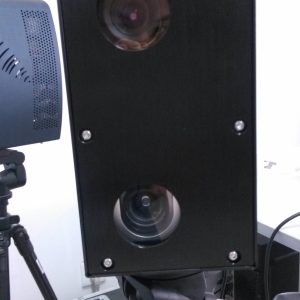
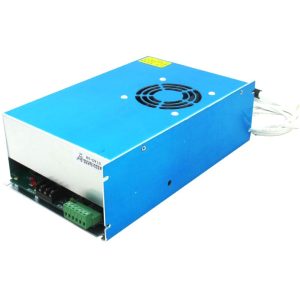
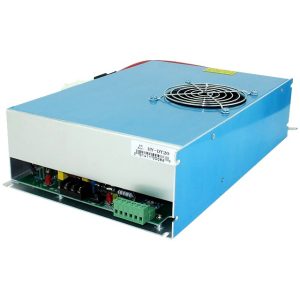
Reviews
There are no reviews yet.